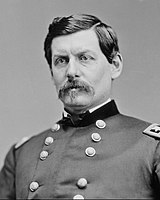
The 1796 United States presidential election was the third quadrennial presidential election of the United States. It was held from Friday, November 4 to Wednesday, December 7, 1796. It was the first contested American presidential election, the first presidential election in which political parties played a dominant role, and the only presidential election in which a president and vice president were elected from opposing tickets. Incumbent vice president John Adams of the Federalist Party defeated former secretary of state Thomas Jefferson of the Democratic-Republican Party.
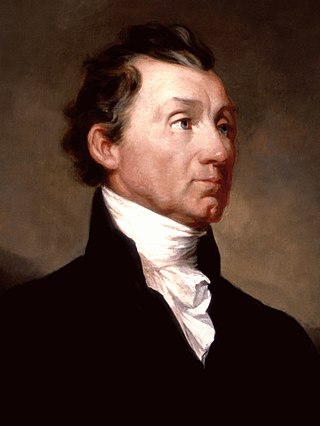
The 1820 United States presidential election was the ninth quadrennial presidential election. It was held from Wednesday, November 1, to Wednesday, December 6, 1820. Taking place at the height of the Era of Good Feelings, the election saw incumbent Democratic-Republican President James Monroe win re-election without a major opponent. It was the third and the most recent United States presidential election in which a presidential candidate ran effectively unopposed. As of 2024, this is the most recent presidential election where an incumbent president was re-elected who was neither a Democrat nor a Republican, before the Democratic-Republican party split into separate parties. James Monroe's re-election marked the first time in U.S. history that a third consecutive president won a second election. This happened again with Barack Obama's re-election in the 2012 election and at no other point have multiple consecutive presidents won two elections. Monroe is also the first candidate to recieve over 200 electoral votes for president.
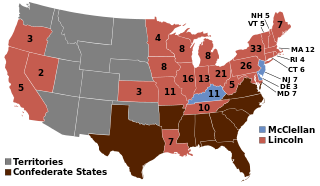
The 1864 United States presidential election was the 20th quadrennial presidential election. It was held on Tuesday, November 8, 1864. Near the end of the American Civil War, incumbent President Abraham Lincoln of the National Union Party easily defeated the Democratic nominee, former General George B. McClellan, by a wide margin of 212–21 in the electoral college, with 55% of the popular vote. For the election, the Republican Party and some Democrats created the National Union Party, especially to attract War Democrats.

In the United States Electoral College, a faithless elector is generally a party representative who does not have faith in the election result within their region and instead votes for another person for one or both offices, or abstains from voting. As part of United States presidential elections, each state legislates the method by which its electors are to be selected. Many states require electors to have pledged to vote for the candidates of their party if appointed. The consequences of an elector voting in a way inconsistent with their pledge vary from state to state.
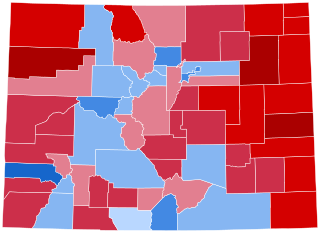
The 2004 United States presidential election in Colorado took place on November 2, 2004, and was part of the 2004 United States presidential election. Voters chose nine representatives, or electors to the Electoral College, who voted for president and vice president.
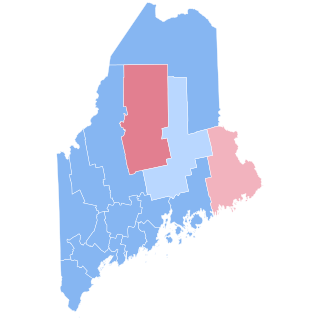
The 2004 United States presidential election in Maine took place on November 2, 2004, and was part of the 2004 United States presidential election. Starting which, Maine is one of two states in the U.S. that instead of all of the state's four electors of the Electoral College to vote based upon the statewide results of the voters, two of the individual electors vote based on their congressional district because Maine has two congressional districts. The other two electors vote based upon the statewide results.

The 2004 United States presidential election in Nevada took place on November 2, 2004, and was part of the 2004 United States presidential election. Voters chose five representatives, or electors to the Electoral College, who voted for president and vice president.

The 2004 United States presidential election in Minnesota took place on November 2, 2004, as part of the 2004 United States presidential election. Voters chose ten representatives, or electors to the Electoral College, who voted for president and vice president.

The 1864 United States presidential election in California took place on November 8, 1864, as part of the 1864 United States presidential election. State voters chose five electors of the Electoral College, who voted for president and vice president.

The 2008 United States presidential election in Rhode Island took place on November 4, 2008, and was part of the 2008 United States presidential election. Voters chose four representatives, or electors to the Electoral College, who voted for president and vice president.

The 2000 United States presidential election in Connecticut took place on November 7, 2000, and was part of the 2000 United States presidential election. Voters chose eight representatives, or electors to the Electoral College, who voted for president and vice president.
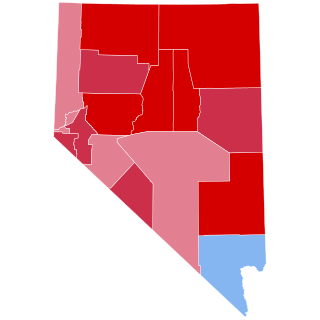
The 2000 United States presidential election in Nevada took place on November 7, 2000, and was part of the 2000 United States presidential election. Voters chose four representatives, or electors to the Electoral College, who voted for president and vice president.
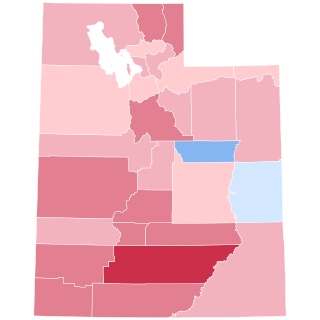
The 1992 United States presidential election in Utah took place on November 3, 1992, and was part of the 1992 United States presidential election. Voters chose five representatives, or electors to the Electoral College, who voted for president and vice president.

The 1904 United States presidential election in Nevada took place on November 8, 1904, as part of the 1904 United States presidential election. Voters chose three representatives, or electors to the Electoral College, who voted for president and vice president.
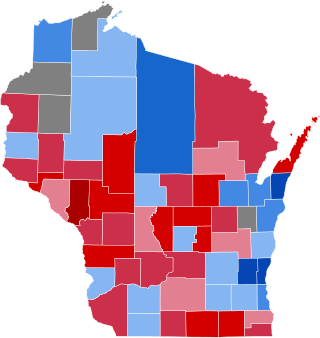
The 1864 United States presidential election in Wisconsin was held on November 8, 1864, as part of the 1864 United States presidential election. State voters chose eight electors to the Electoral College, who voted for president and vice president.

The 1864 United States presidential election in Kansas took place on November 8, 1864, as part of the 1864 United States presidential election. Kansas voters chose three representatives, or electors, to the Electoral College, who voted for president and vice president.

The 1892 United States presidential election in Nevada took place on November 8, 1892. All contemporary 44 states were part of the 1892 United States presidential election. State voters chose three electors to the Electoral College, which selected the president and vice president.
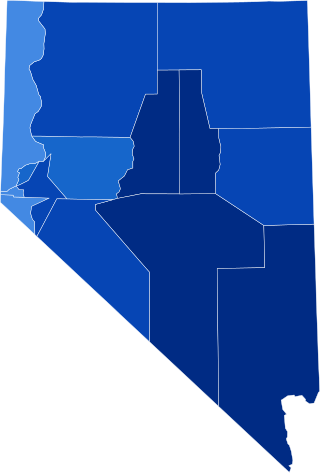
The 1896 United States presidential election in Nevada took place on November 3, 1896. All contemporary 45 states were part of the 1896 United States presidential election. State voters chose three electors to the Electoral College, which selected the president and vice president.

The 1864 United States presidential election in Missouri took place on November 8, 1864, as part of the 1864 United States presidential election. Voters chose 11 representatives, or electors, to the Electoral College, who voted for president and vice president.



